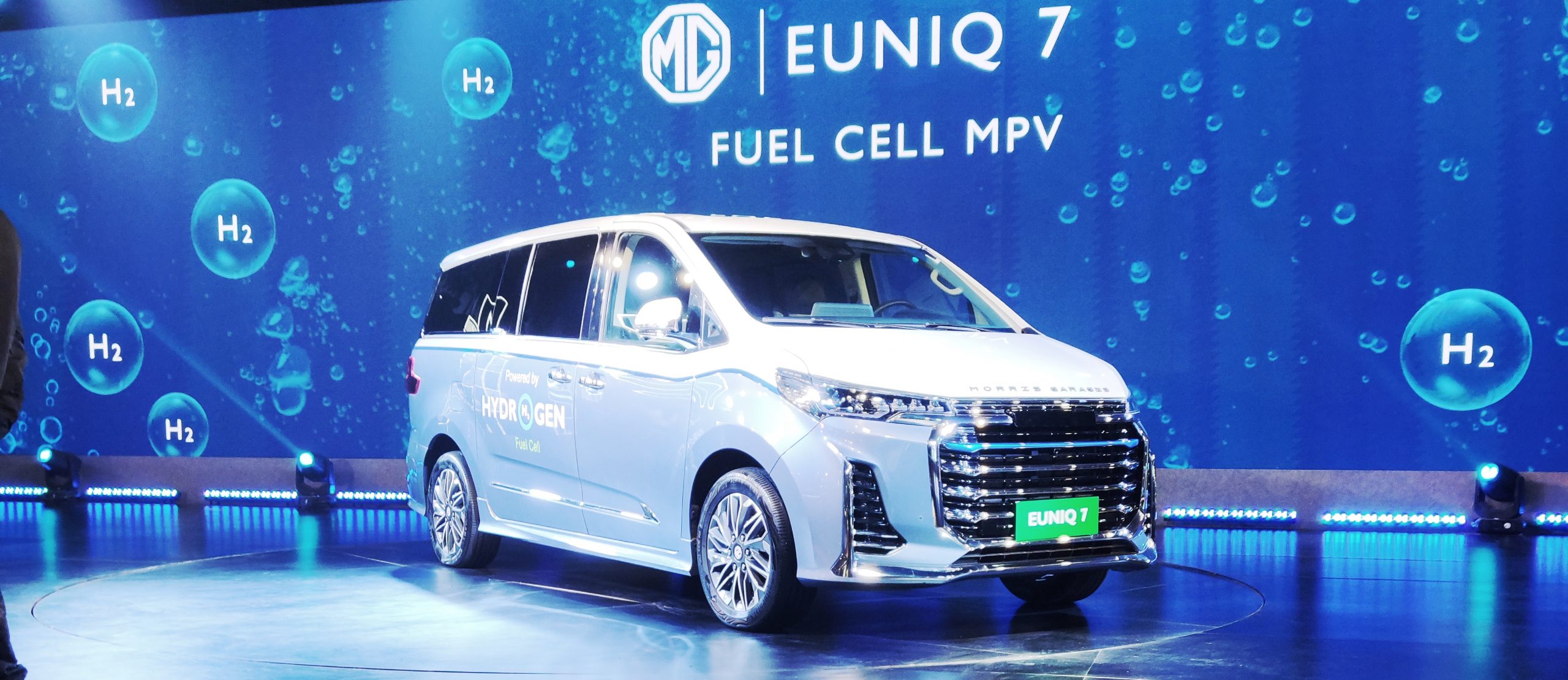Demonstrating the future of mobility in India with a greater focus on sustainability, MG Motor India showcased its new energy vehicles (NEVs) with its third-generation hydrogen fuel cell technology, at the Auto Expo 2023. The hydrogen fuel-cell system underlines MG’s commitment to providing clean and efficient travel based on green, renewable power sources.
The hydrogen fuel-cell system was first launched as the Phoenix No 1 fuel-cell vehicle project in 2001. Now the newly developed third-generation fuel-cell system, also known as PROME P390, comes with cutting-edge features such as integrated design, high power density, high durability, high reliability, and excellent environmental adaptability. With a system power of 92 kW, the world-leading fuel cell technology adheres to the highest safety standards and performs well over key performance indicators including those for comfort, fuel economy, and service life. The intelligent control algorithms of the PROME P390 also offer fast response and accurate control over the vehicle. The fuel-cell system can be used in fuel-cell passenger cars, city buses, medium and heavy trucks, and other vehicle platforms.
Rajeev Chaba, President and Managing Director, MG Motor India, said, “MG Motor has been a constant synonym for innovation over the years. We arrived in India with a vision of offering disruptive mobility solutions, in terms of both human-centric technologies and sustainability. As the industry continues exploring alternate fuel technologies, we are delighted to showcase the world’s leading hydrogen fuel-cell technology – PROME P390 to India.”
Fuel cell vehicles that use hydrogen as fuel have significant advantages such as being pollution-free, high efficiency, high load, fast refuelling, and long battery life. The PROME P390 system promises excellent performance on these parameters with EUNIQ 7, a hydrogen fuel-cell powered vehicle, which not only has zero carbon emissions as it only emits water but also performs like an air purifier does, purifying air equivalent to 150 adults breathing in just one hour of driving.


